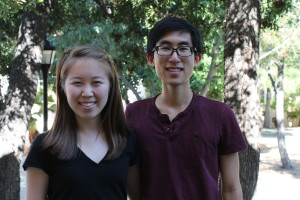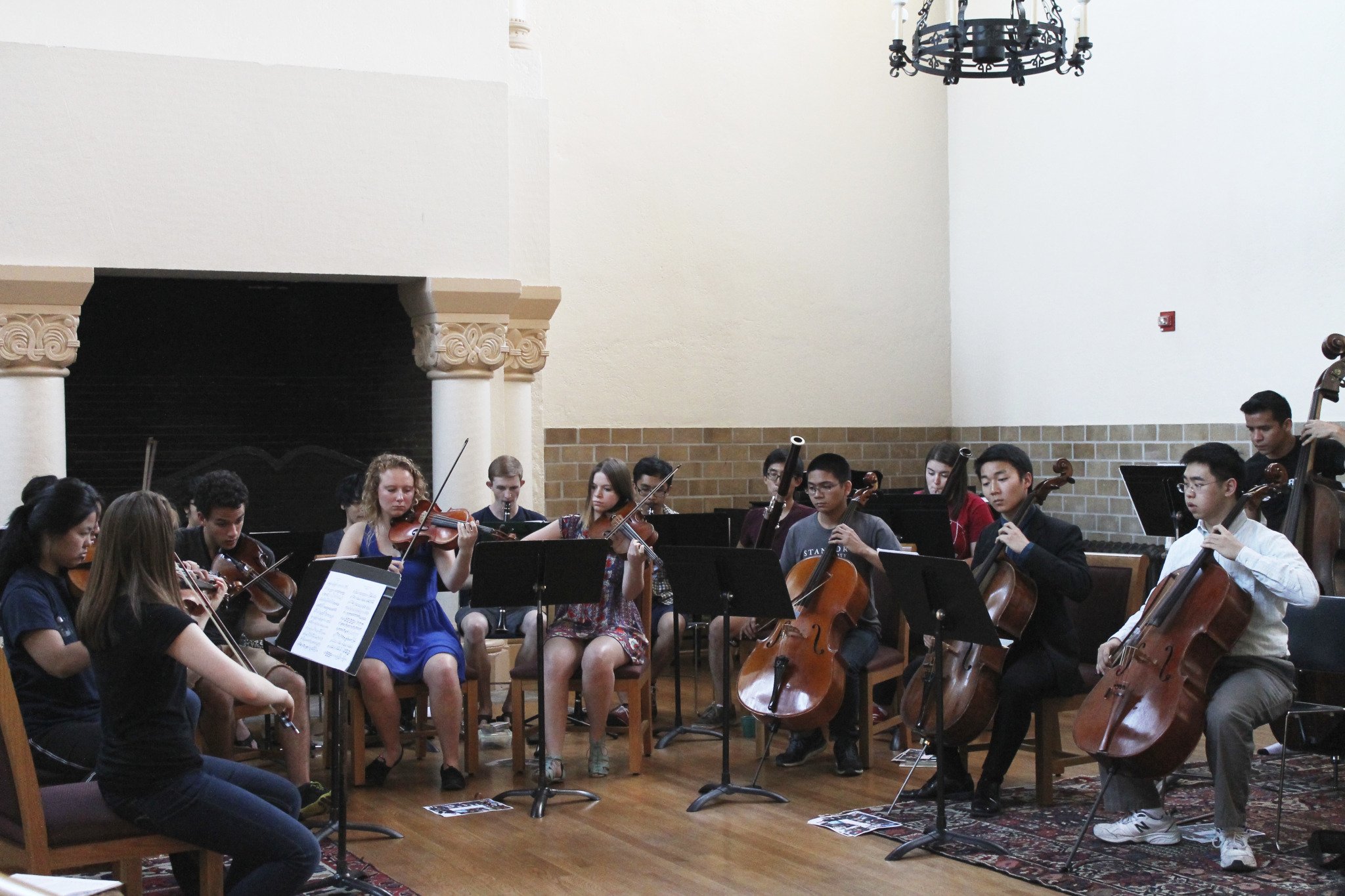To many, the phrase “conductorless orchestra” seems to be an oxymoron — but not to seniors Linda Yu and Stephen Koo. Two months ago, Yu and Koo founded the Stanford Collaborative Orchestra (SCOr), the university’s first student-led, conductorless orchestra. Numbering only 24 members, SCOr aims to give musicians a hybrid experience between that of a full symphonic orchestra and a chamber group. The ensemble is currently busy preparing for its debut concert at 5 p.m. on Sunday, May 31, in Toyon Hall.

Neither Yu nor Koo chose to major in music, yet both continued to pursue it through Stanford’s chamber music program. Both musicians have also had prior experience with orchestral playing, and thus understand the advantages of both settings, like the intimacy of a chamber group and the expressive power of a full orchestra. With SCOr, musicians have the opportunity to participate in group-wide discussions and guide the artistic direction of its music while retaining the ability to play repertoire for full orchestra.
The idea for a conductorless orchestra first came to Yu during winter break after she learned about the Orpheus Chamber Orchestra, a professional conductorless orchestra based in New York. For Yu, it was “hearing about the way the musicians would interact with each other and how invested everyone was in the process” that intrigued her. Upon returning to campus, Yu and Koo worked to make their vision a reality, beginning rehearsals at the start of Spring Quarter.
The weekly meetings are a combination of sectionals and full orchestra rehearsals. Because of its small size, SCOr requires only two rows of seating to create an intimate setting. Each rehearsal embodies the group’s mission of “creating a democratic organization in the spirit of collaboration,” and it’s easy to see why. The rehearsals run smoothly, as the group plays through a certain section of the piece, stops, and opens the floor for discussion. Members chime in one after another, used to voicing their thoughts in this open atmosphere. As with any group, some speak more than others, but no member dominates the discussion, due perhaps in part to the SOCr’s attention to practicing collective awareness.

It’s clear that all members work hard to prepare the music before rehearsals, demonstrating their investment in the process. Yu has noticed the dependence players have on each other to play their parts correctly, and the expectation of preparation that follows. The beauty of a conductorless orchestra is that each member has a stake in the group; with so few players, each part is very exposed and crucial to the overall sound.
Though both Koo and Yu are seniors, they are hopeful about the future of the group. Both will still be nearby — Koo is co-terming, and Yu will be working in the area — but more than that, both have sensed energy within the group to continue next year, and are confident in the members’ abilities to do so. Without a doubt, SCOr will continue to provide a way for serious musicians to explore a new type of ensemble on campus.
More information about SCOr can be found on their Facebook page. Their upcoming performance will take place at 5 p.m. on Sunday, May 31, in Toyon.
You can contact Serena Wong at serenaw ‘at’ stanford.edu.
